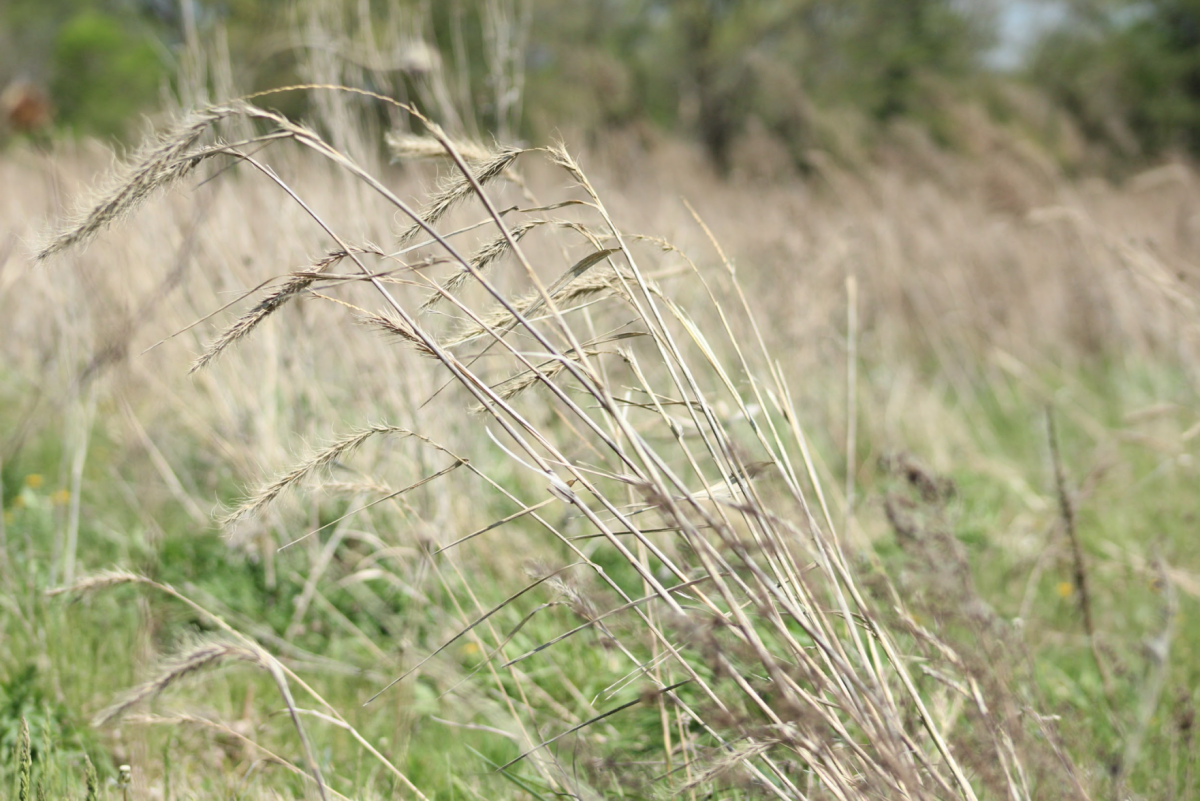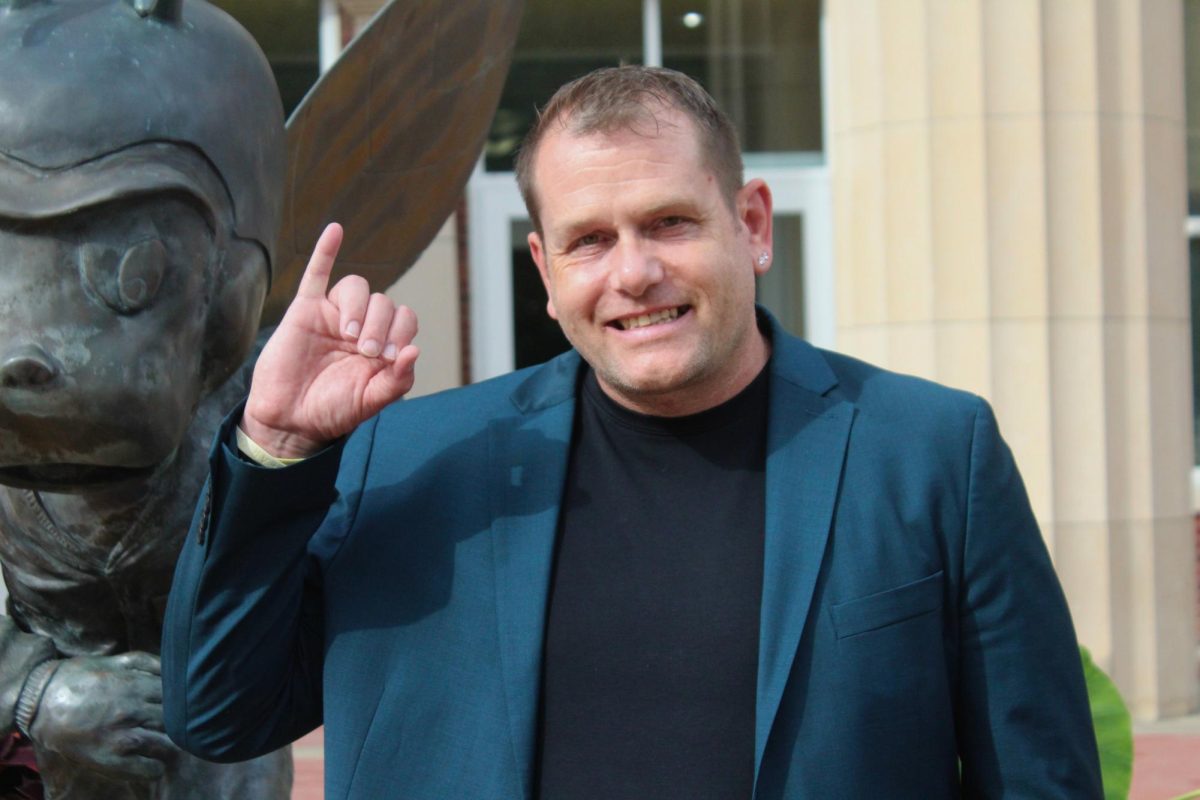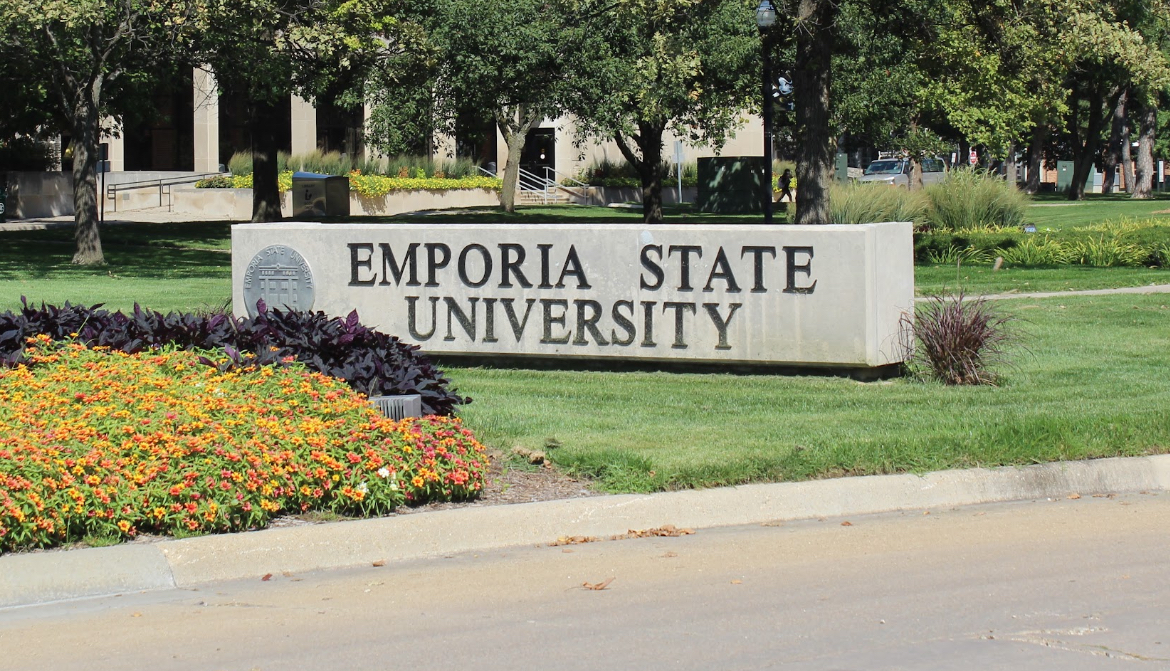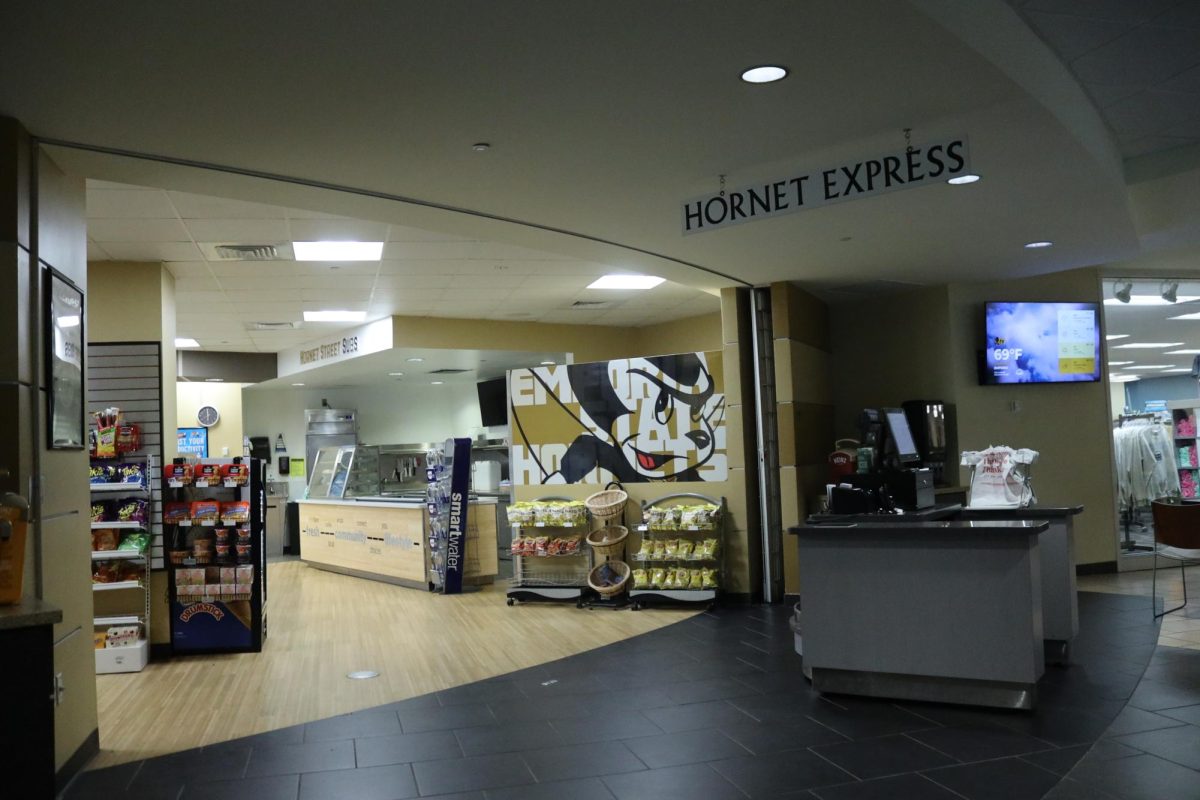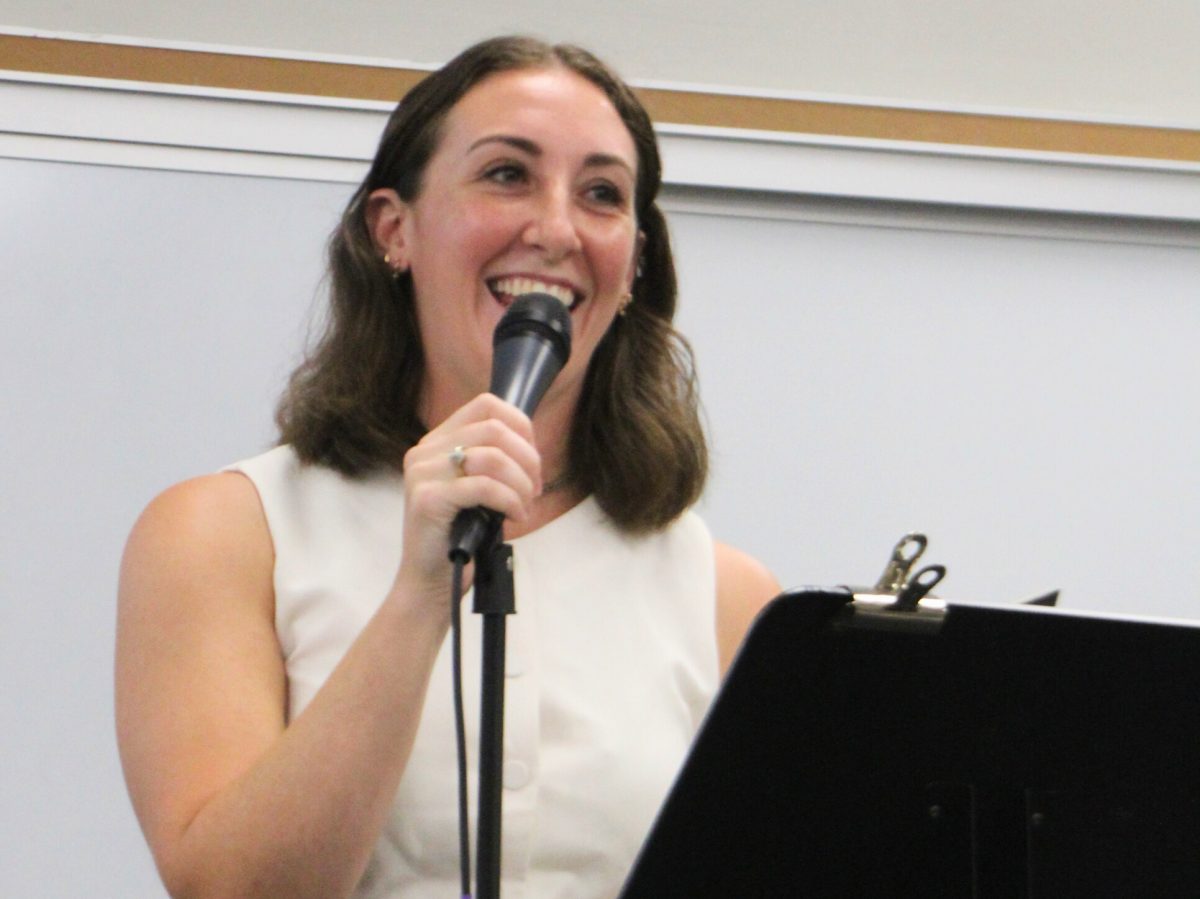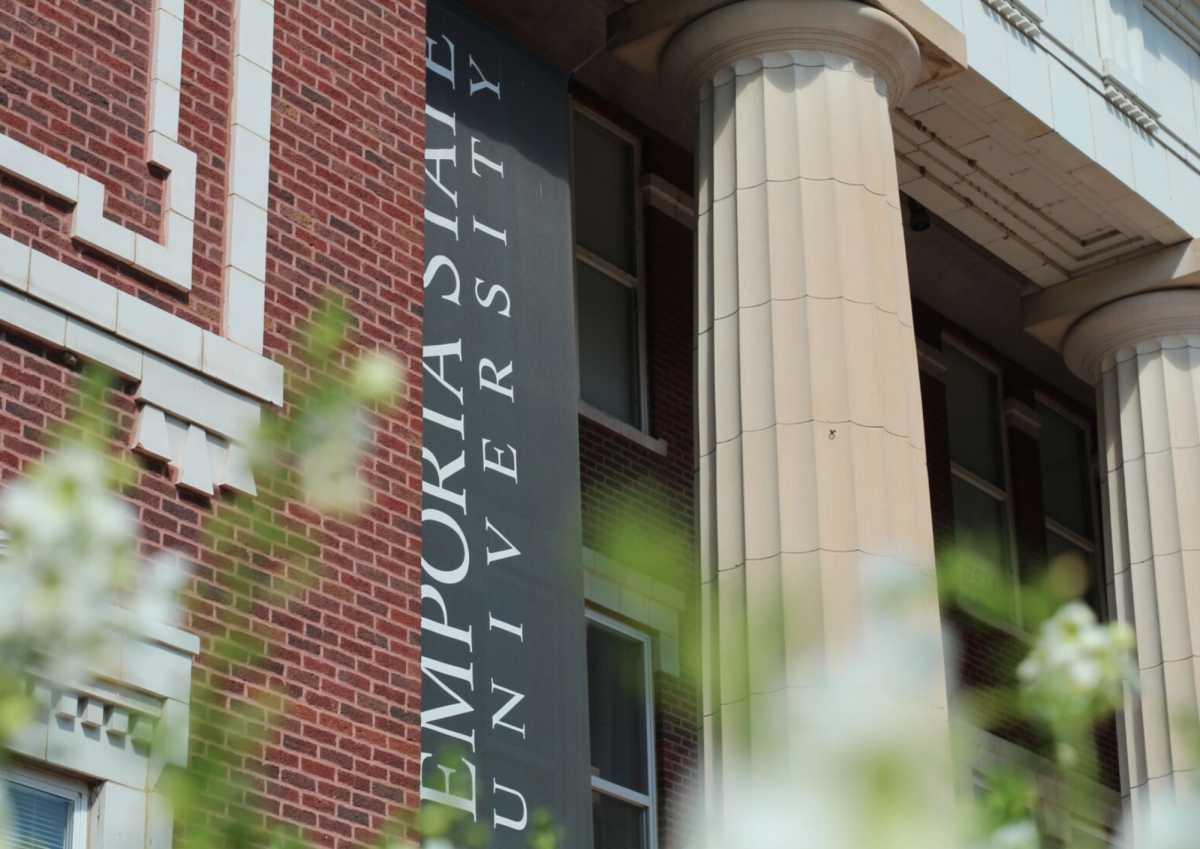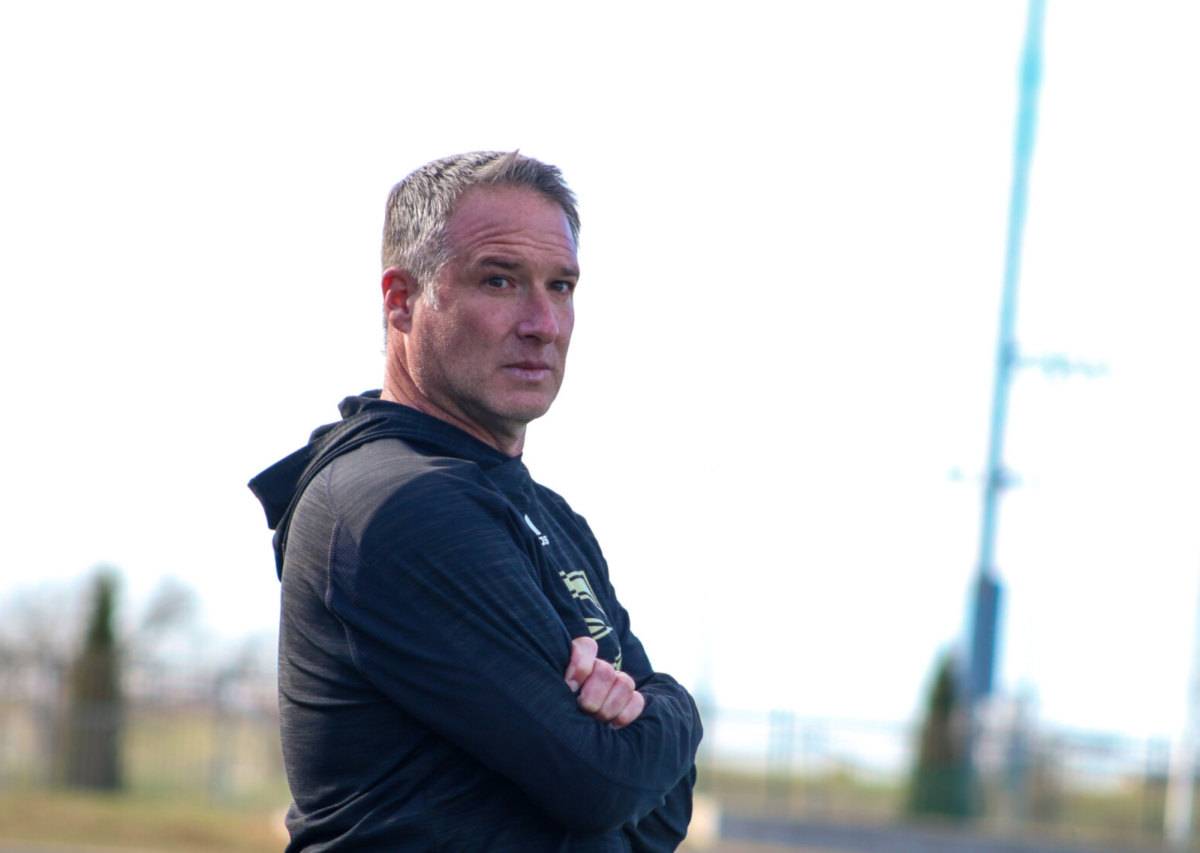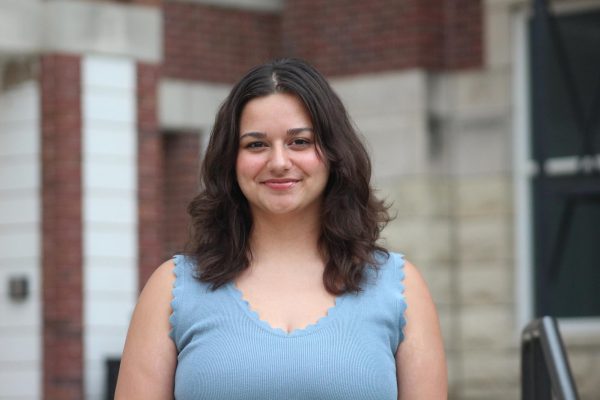According to the Flint Hills Discovery Center, only four percent of the original tallgrass prairie ecosystem is still intact; Kansas’ Flint Hills are the largest portion of it. Emporia State has been planning for and completing the restoration of six acres of this tallgrass prairie outside of the Prophet Aquatic Research and Outreach Center since 2021.
Planning for the prairie reconstruction outside Emporia State’s PAROC has been ongoing since 2021. According to PAROC’s website, the reconstruction will restore six acres of tallgrass prairie, an ecosystem that “dominated” Eastern Kansas in the past.
William Jensen, professor of biological sciences, is the director of natural areas at ESU. He said that the idea for the prairie reconstruction came about after STEM Outreach Director Daphne Mayes began working at ESU in 2021. At this time, 10 acres of land north of PAROC was covered in a turf-grassed field that competed with native plants. This land was used recreationally and was frequently mowed over.
“We got to talking and wondering about planting a lowland prairie would be nice to plant as sort of an educational exhibit for the PAROC Center for Emporia State and the local community,” said Jensen
The 1.6-mile Dale Greiner Nature trail was established first, running along the banks of the Neosho River, past the reconstruction site and into Campus Woods. However, erosion of the river banks was creeping toward the trail. This propelled the proposal to establish a prairie in place of the turf field. Prairie plants have deep roots that hold the soil together and prevent erosion.
After the University approved the project, work began to remove the invasive grasses from the site in 2022. Combining herbicide treatments and controlled burns left bare soil ready for seeding by 2023. Faculty worked with the Kansas Department of Wildlife and Parks to acquire prairie seeds that were then planted in February of 2023. In the summer of the same year, wildflowers and grasses marked the first bloom of the Campus Prairie.
Jensen explained that shortly after, they realized that the nature trail needed to be more accessible. A Kansas Department of Wildlife and Parks grant has since allowed them to expand and pave the trail. “Interpretive stops” with benches and signage about the wildlife area should be installed by the summer, said Jensen.
Unfortunately, the usage of heavy equipment to pave the trail destroyed some prairie growth on the trail margins. These areas will have to undergo treatment and replanting again.
“Just, the order of operations and the way various things came about, it was the prairie first, and trail improvements second,” said Jensen. “If we could have planned that differently, we might have done that. So we have most of the prairie still intact, but there are some areas that we need to reseed, but we’re still waiting.”
The prairie restoration is a long-term project. Non-native plants will continue to regenerate and need to be removed each time. According to Jensen, the prairie will take roughly 10 years to fully resemble an established tallgrass prairie. However, the Campus Prairie has already offered a surplus of benefits to ESU; wildlife, the general public, ESU students, and faculty already utilize the prairie site.
Students in Erika Martin’s stream ecology class are learning firsthand the relationship between the land and water environments. The riparian restoration, which goes along with the prairie restoration, provides them with hands-on learning experience.
“I’m a fish guy, so everything I do is in the water,” said Graduate student Austin Smith.” But, the connection to the riparian environment is really important for a lot of streams. And learning more about important parts of the riparian environment… those are just kind of unique experiences that I don’t get usually because I’m in the water or I’m in a classroom.”
Taylor Parks, also a graduate student, added that attending ESU has helped her learn about how plants along the riverbed prevents erosion and “benefits the stream ecology of everything.”
Junior Maggie Givens says she finds it fascinating to learn about the botany, geomorphology, and ecology sides of riparian restoration and how “all three perspectives… play together.” Graduate student Zachary Schneider related the restoration to his research on mudpuppies, an indicator species. He said that the restoration has had a noticeable impact on mudpuppies in the area.
ESU students are not the only ones learning valuable things from the restoration projects. Community outreach is also an important aspect.
“What we teach, what we try to educate about, is kind of focused on our natural resources,” said Mayes. “So we have the opportunity to, you know, increase awareness and provide educational opportunities connected to those topics… So we’ve done a lot of outreach for people of all ages connected to these restoration areas.”
Martin has hosted workshops for biology teachers as part of the outreach effort. So far, three workshops have been held: one about plant pressing, one about hydroponics and one about edible plants. At these workshops, teachers learn how to do activities that they can do in their own classes. Each teacher gets to take home a complete, flexible lesson plan and materials for free.
The prairie restoration project has allowed for other kinds of outreach initiatives as well. PAROC invites local schools to visit for field trips. On one particular trip, Walnut Elementary first graders went to catch butterflies on the prairie and learn about pollinators.
PAROC Outreach Director Alexandra Hayes explained, “(Students) see the butterflies out there and we can be like, ‘They’re here because we’ve planted these plants here. And, like, if we don’t have prairie or this ecosystem, what happens to them, you know? Why are they so important to us? Why are pollinators good, you know?’ So we can directly show that.”
She says the restoration of Kansas’ natural areas is already making a lasting impact on those who visit.
“One girl, there was a butterfly on her hand, and it wouldn’t let go, she had it the whole entire time we were walking,” said Hayes. “And she’ll remember that, and you know, talk about this moment where she went out, and she might not remember our names, but she’ll remember that it was an amazing experience.”

